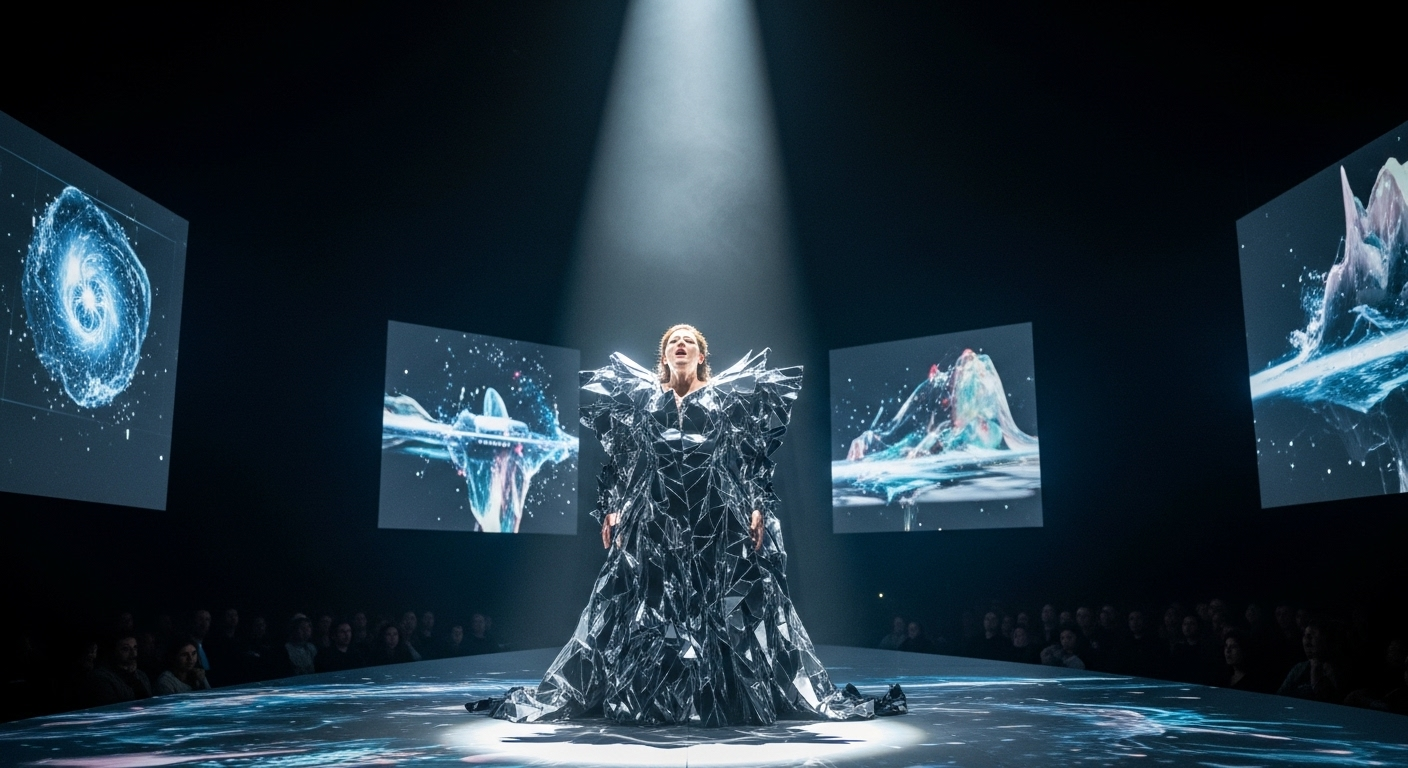The Enigmatic World of Projection Mapping Artistry
In the realm where technology meets artistic expression, projection mapping has emerged as a captivating medium that transforms ordinary surfaces into extraordinary canvases. This immersive art form blends light, motion, and architecture to create mesmerizing visual spectacles that challenge our perception of reality. As projection mapping continues to evolve, it pushes the boundaries of creative possibility, captivating audiences worldwide and redefining the landscape of public art and entertainment.

The Technical Wizardry Behind the Art
At its core, projection mapping relies on specialized software that allows artists to warp and mask projected images to fit perfectly onto irregularly shaped surfaces. This process involves creating a virtual replica of the physical space, then designing content that conforms to its contours. The result is a seamless integration of digital imagery with real-world objects, creating illusions that can transform buildings, vehicles, or even entire landscapes.
From Architecture to Entertainment: Diverse Applications
While projection mapping initially gained prominence in architectural displays, its applications have expanded dramatically. Music festivals now incorporate elaborate projection setups to enhance performances. Theater productions use the technique to create dynamic, ever-changing backdrops. Even the fashion industry has embraced projection mapping, with designers using it to create stunning, morphing garments on the runway.
The Intersection of Art and Technology
What sets projection mapping apart is its unique blend of artistic vision and technological prowess. Artists must not only conceive of visually stunning concepts but also possess the technical skills to bring them to life. This fusion of creativity and technical knowledge has given rise to a new breed of digital artists who are equally comfortable with brushes and code.
The Future of Projection Mapping
As technology continues to advance, the possibilities for projection mapping seem limitless. The integration of artificial intelligence and machine learning is opening up new avenues for interactive and responsive projections. Meanwhile, advancements in laser projection technology are allowing for brighter, more vivid displays even in challenging outdoor environments. As this art form evolves, it promises to continue pushing the boundaries of what we consider possible in visual storytelling and experiential art.




